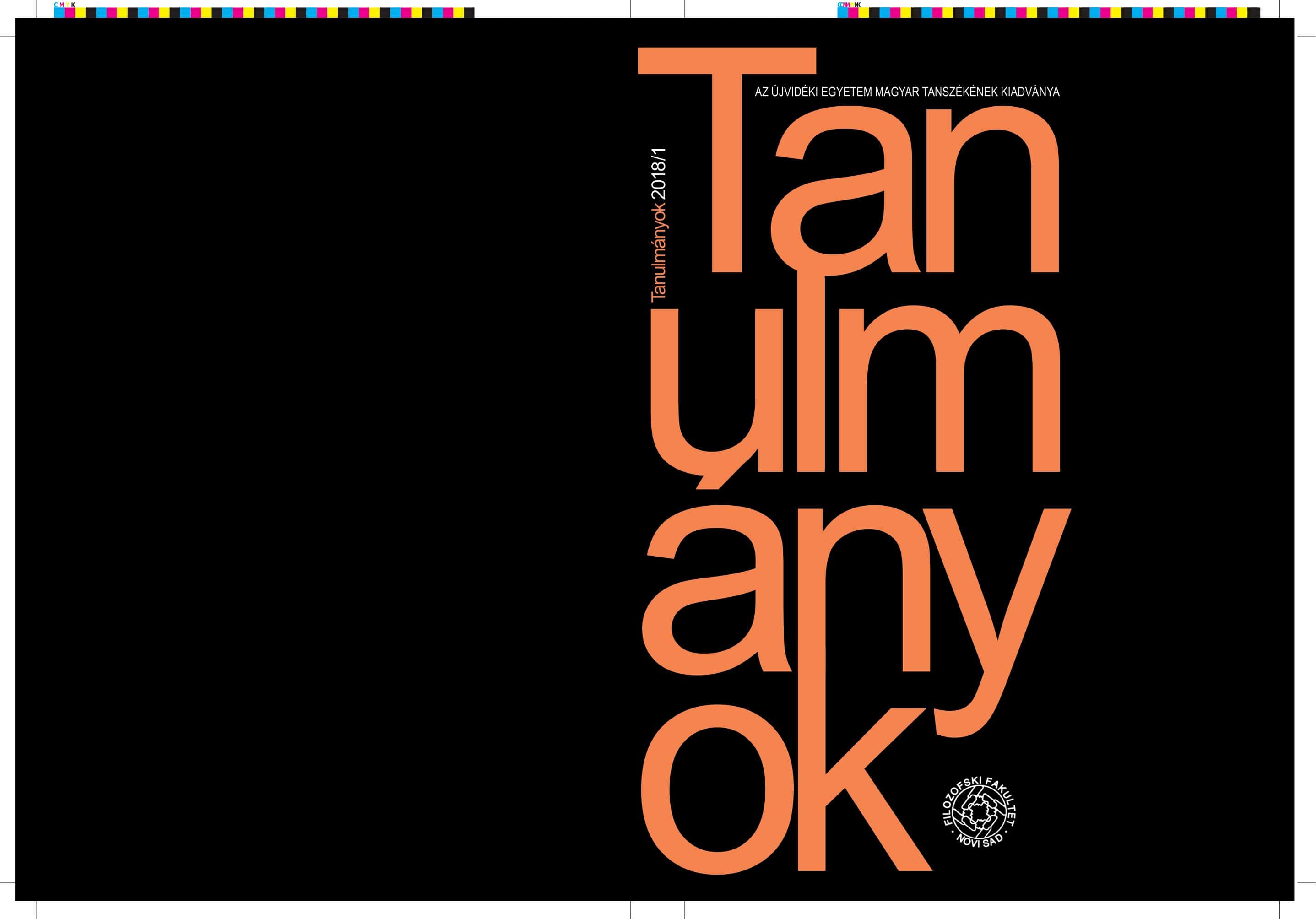Az additív szemlélet érvényesülése az újabb anyanyelvi tankönyvekben
The emergence of the additive approach in the newer native language-textbooks
Author(s): Ildiko Csaszi NagySubject(s): Sociolinguistics, Finno-Ugrian studies, School education
Published by: Филозофски факултет, Универзитет у Новом Саду
Keywords: stigmatization; vernacular/standard language varieties; substractive/ additive approach; new textbooks
Summary/Abstract: The stigmatization of dialects is one of the main reasons for their disappearance. Under minority circumstances there are at least two high prestige varieties as opposed to the dialect of native speakers. Thus the stigmatization of the dialect speech leads to a weakened sense of comfort in the use of the mother tongue, resulting in the erosion of the native dialect at a rapid pace. Traditionally the teaching of Hungarian in the Hungarian educational system is characterized by the substractive approach, which means that the standard language variety replaces the vernacular variety. By applying the additive approach, the original dialect of the student is not damaged, the standard variety is added to it: thus the language repertoire of the child is broadened. The study is analyze how the substractive and the additive approach are reflected in the new textbooks.
Journal: Tanulmányok
- Issue Year: 2018
- Issue No: 1
- Page Range: 45-62
- Page Count: 18
- Language: Hungarian

